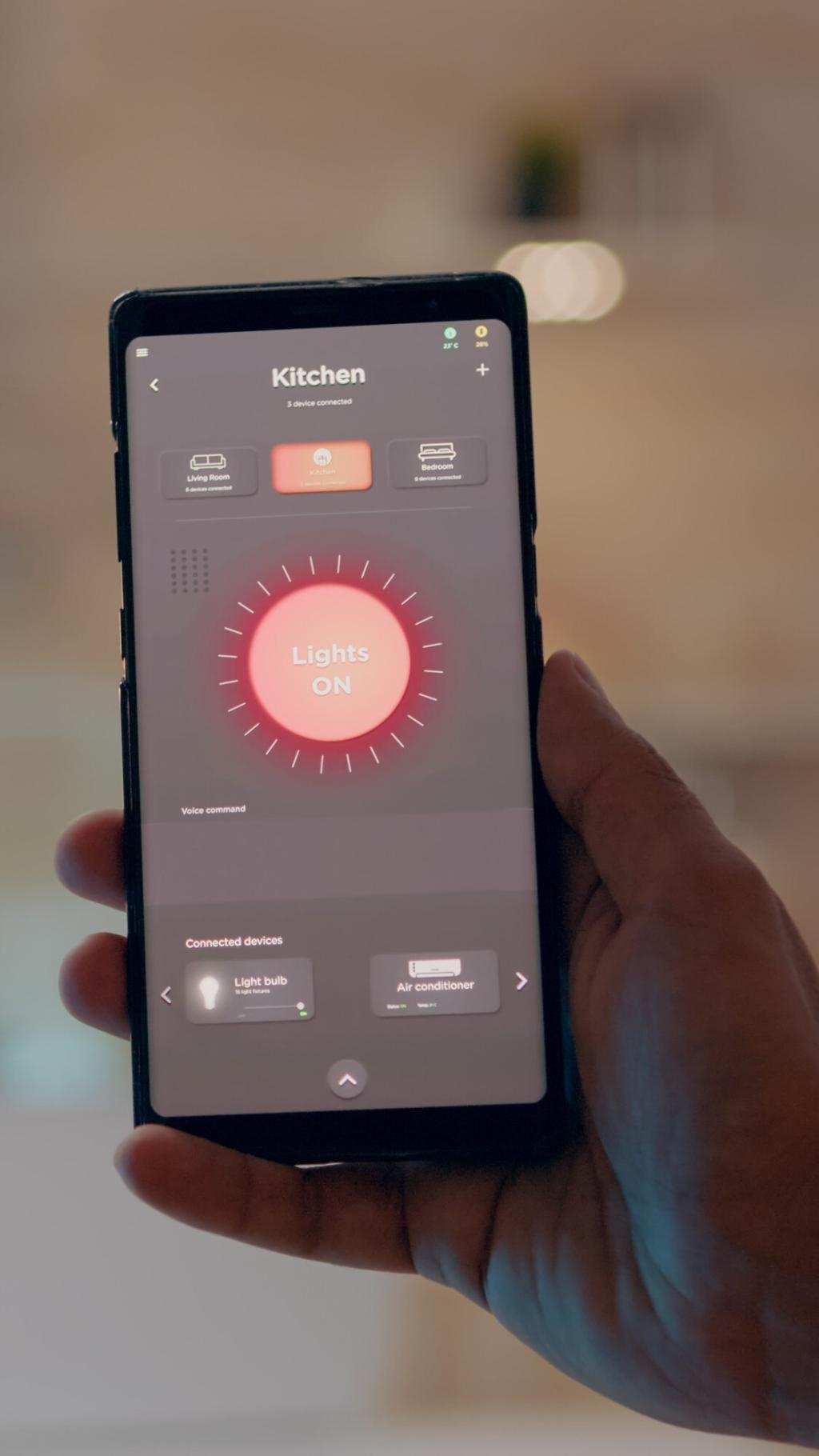Integrating voice assistants into smart homes has revolutionized the way we interact with technology in our daily environments. With the rise of devices equipped with artificial intelligence, voice assistants provide seamless control over various household systems, delivering a more intuitive and connected lifestyle. This page explores the profound impact, the integration process, benefits, and future trends of voice assistants within smart homes, offering a comprehensive guide for anyone considering making their home smarter and more responsive.
The Evolution of Voice Assistants in Smart Homes
Technological Foundations
At the heart of modern voice assistants lies an intricate blend of artificial intelligence, neural networks, and cloud computing. These technologies enable real-time language understanding and decision-making. By leveraging vast databases of speech patterns and context, voice assistants interpret nuanced commands, learn user habits, and customize their responses. As the underlying tech evolves, so too does the capability of voice assistants to manage a growing array of smart devices.
Expanding Smart Ecosystems
Smart home ecosystems now encompass lighting, climate control, security, entertainment, and even kitchen appliances. Voice assistants act as unified control centers, breaking down silos between diverse manufacturers and device protocols. Through robust APIs and standardization efforts, interoperability has improved, making it easier than ever for homeowners to integrate new smart devices—all accessible through simple voice instructions, providing unrivaled convenience and accessibility.
User Adoption and Experience
Consumers have shown increasing trust and reliance on voice assistants as they continue to deliver practical value and ease of use. Early adopters were drawn by novelty, but now voice assistants have proven their worth by streamlining daily tasks, enhancing security, and bringing greater comfort to home life. User feedback continually shapes device improvement, ensuring that assistants evolve to meet real-world needs with each software update.

Practical Implementation and Integration
Ensuring compatibility across all smart devices is a crucial step in voice assistant integration. Not all devices and platforms speak the same language, and some may require additional hubs or bridges to function cohesively. Homeowners should research and select devices that are certified to work with their chosen voice assistant platform, like Amazon Alexa, Google Assistant, or Apple Siri, to avoid future connectivity issues and maximize the smart home’s capabilities.
Benefits of Voice Assistant Integration
Voice assistants drastically increase accessibility for individuals with disabilities or mobility challenges, allowing for effortless interaction with home systems that may otherwise be difficult to control. By enabling spoken commands, these technologies break down barriers, ensuring that everyone in the household can participate equally in managing day-to-day chores and comfort. Their multi-language support and adaptability mean they’re useful across a variety of needs and demographics.

